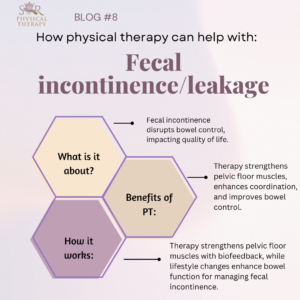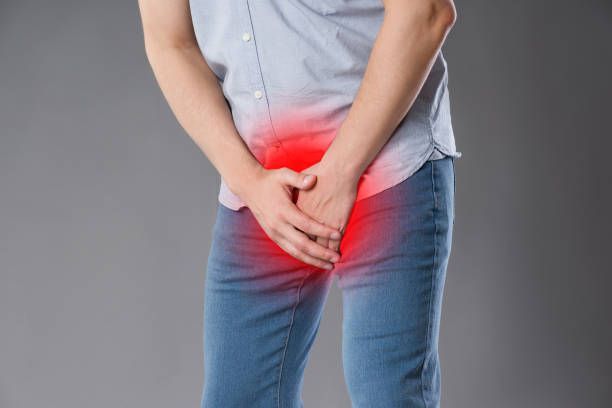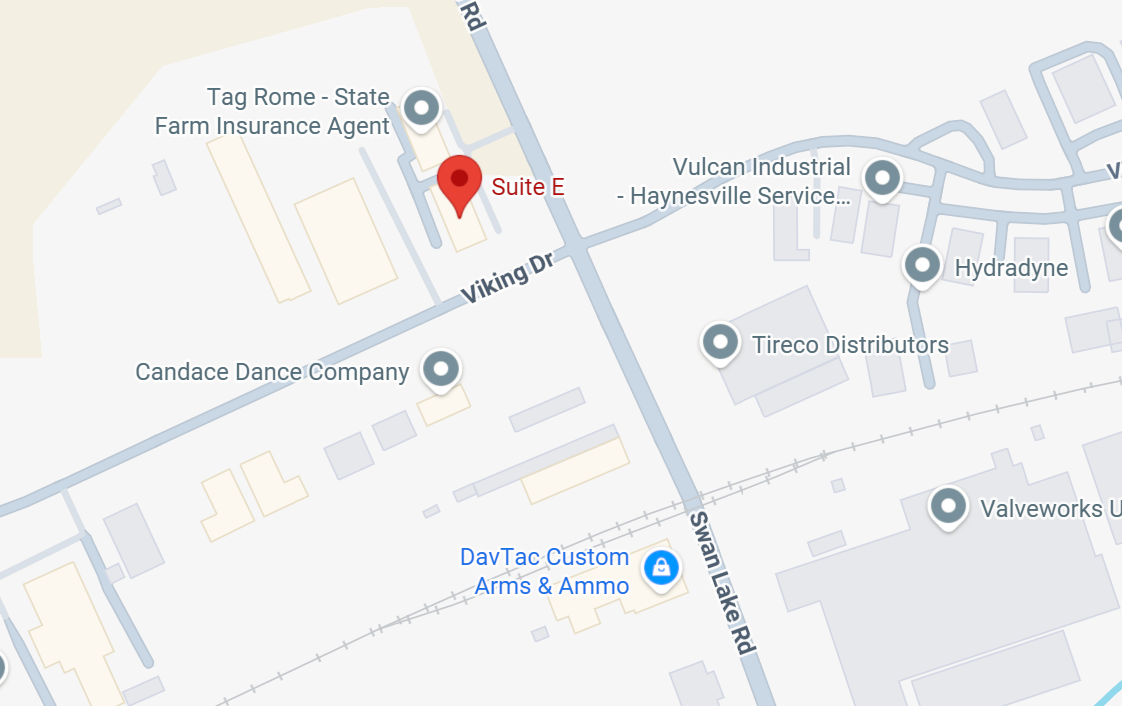How Physical Therapy Can Help With: Fecal Incontinence/Leakage

Fecal incontinence, or the inability to control bowel movements, can have a significant impact on quality of life and lead to embarrassment and social isolation. Physical therapy offers effective strategies to manage and alleviate fecal incontinence, promoting bowel control and restoring confidence.
One key approach used in physical therapy for fecal incontinence is pelvic floor muscle training. The pelvic floor muscles play a vital role in maintaining bowel continence by supporting the rectum and controlling the passage of stool. Through targeted exercises and techniques, individuals can strengthen these muscles, improve their coordination, and enhance bowel control.
In addition to muscle strengthening, physical therapists may utilize biofeedback and electrical stimulation to enhance pelvic floor muscle function. Biofeedback allows individuals to monitor and learn how to properly contract and relax their pelvic floor muscles, optimizing their ability to control bowel movements. Electrical stimulation can help retrain the muscles and improve their responsiveness, aiding in the management of fecal incontinence.
Moreover, physical therapists provide education on bowel habits and dietary modifications to optimize bowel function and reduce leakage episodes. They may offer guidance on fiber intake, fluid intake, and techniques to promote regular bowel movements and prevent constipation, which can exacerbate fecal incontinence.
Additionally, lifestyle modifications and behavioral strategies are incorporated into physical therapy for fecal incontinence. Therapists may recommend techniques such as bowel training, which involves establishing a regular toileting schedule and practicing relaxation techniques to improve bowel control.
By addressing pelvic floor dysfunction, providing education and support, and implementing lifestyle modifications, physical therapy empowers individuals to manage fecal incontinence effectively. Through personalized treatment plans and ongoing guidance, individuals can experience reduced leakage episodes, improved bowel control, and enhanced quality of life.
Be Pain-Free. Feel Like Yourself Again.
Whether it's leakage, discomfort, or tension, healing is possible, and it starts with one appointment.
READ MORE EDUCATIONAL BLOGS




